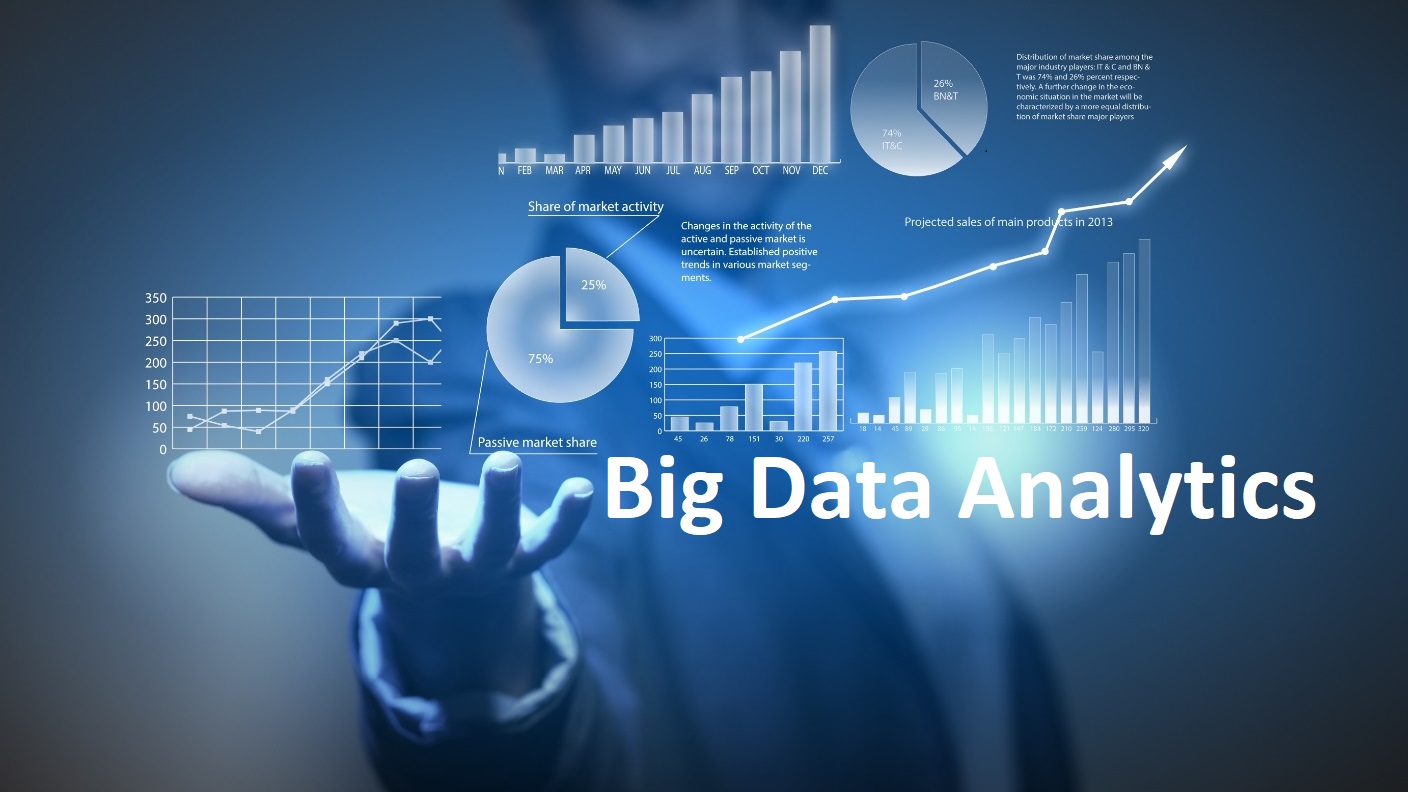It is believed that technology has tremendously developed in industries. This development is rapidly increasing the demand for qualified IT professionals worldwide. As far as the demand for data analysis skills arises, the lack of other technical learning skills has become a common problem. However, research has shown that 54.5% of organizations acknowledge that the gap between skilled and low-skilled employees is not only large but is widening. On the other hand, data analysis has become a leading role for companies around the world. As technology advances, so do the salaries of IT professionals. This is constantly evolving and developing, and there are many options to choose from. As the supply-demand gap widens, so do opportunities in different regions.
Who is the Data Analyst
A data analyst is a person who is supposed to collect and evaluates data on numbers, market research, transportation, and other similar behaviors. It is then developed, designed, and presented in a way that helps people and companies make better decisions. The data analysis tasks are described by collecting and deleting data to reveal business policy and knowledge. However, the daily work of data professionals usually differs depending on various factors. It can be an overview, a data analytics industry, a company, or a subject. In most cases, data analysts contact their IT professionals, managers to regulate their structural objectives.
Day Life of a Data Analyst
Everyday operations typically vary at different levels, depending on the role, title, or field, but the general day for data experts includes:
- Check email and maintain dashboards.
- Detailed technical introduction and knowledge of solving real retail problems.
- Act at the level as SMEs to help develop data science skills
- Prepare monthly, weekly or bi-weekly schedules, giving priority to management, partnership, and client requirements.
- Data transmission for information on the active substance.
- Creating reports on individual developments or patterns.
- Analyze the possibilities of automation and measurement of a particular analysis.
Countries That Offers the Best Opportunities
These are the best countries that will provide the most opportunities for IT professionals and data analysts.
USA
The United States prefers its data analysis over its peers, and this applies to the salaries of start-ups and executives. By 2020, the US technology companies are projected to spend more than $ 1 billion on hunting and talent upbringing wherever possible. Technology giants in the United States are looking for leadership positions and offering an average annual salary of $ 314,000, in part because of a global talent shortage. It is therefore clear that world technology leaders are vigorously competing for the best talent and will not hesitate to pay when it comes to raising qualified assets for data analysts.
Europe
Europe suffers from a lack of digital skills, especially in data science and analysis, which is common to all countries. All major European technology centers, from Berlin, Amsterdam, Stockholm, London, and Paris have experts with the necessary data analysis skills. Among the world-class digital technology countries, Sweden has taken the lead in a lack of talent. Europe’s most demanding high-tech jobs range from data analytics and depth training, machine learning, security, and encryption in the cloud to robotics.
The demand for data analytics certification and skills in the EU is so great that European countries are forced to hire qualified professionals outside the EU. Finland is no exception, as it is estimated to need around 9,000 software vendors, and that number is expected to increase to 15,000 by 2022 as the population ages and demand for the industry grows. According to the latest research plans, there could be a shortage of 3 million IT experts in Germany by 2030, many of whom are data science professionals.
United Kingdom
The state is mainly focused on data analytics and is working hard to develop a framework for the ethics, policies, and legal implications of it. According to recruitment experts, there is a high demand for data analysis skills in the UK, which has almost tripled in the last three years. In 2019, the number of data analytics jobs per 1,356 million advertised in the UK was twice as high in Canada and almost 20.5% higher than in the US.
China
The Chinese government has always been at the forefront of data analytics and the introduction of new technologies. In past, the country announced that by 2030, it will lead the world in the theory of technology, applications, and data science. However, China is now investing in these sectors to introduce advancement. In the latest development, there is a great demand for data analysts in the field, because the domestic population market cannot cope with a large number of advertised jobs. Professionals with more than five years of experience are rare, so Chinese companies are looking for talent all over the world and offer ¥144580 to data analysts.
India
With a vibrant young population, India is the testing ground for the most exciting applications of data analytics, from security to healthcare and transportation. To achieve the goals of digital India, the IT industry as a whole needs 50.4% more digital skills. The ratio of qualified data professionals and jobs in advanced data science training is 0.53. In India, the average salary of data analysts with many years of experience is growing, 2-4 years of experience means 15-20 INR salary per year (22050-29500 USD), but for 4-8 years it will be 20-50 lakes per year (29.000-73.000 USD) and over 8-15 years, 50 INR lakes amount to 1 crore per year.
Wrap-up
Companies around the world store consumer data that communicate in one way or another with their business or product. Data analysts analyze and translate business data of organizations so that they can make effective business decisions. They can analyze market research and more. Data analysts seek to better understand consumers using analytical and statistical models to assess social trends in data collection and ultimately help companies make the right financial decisions.




